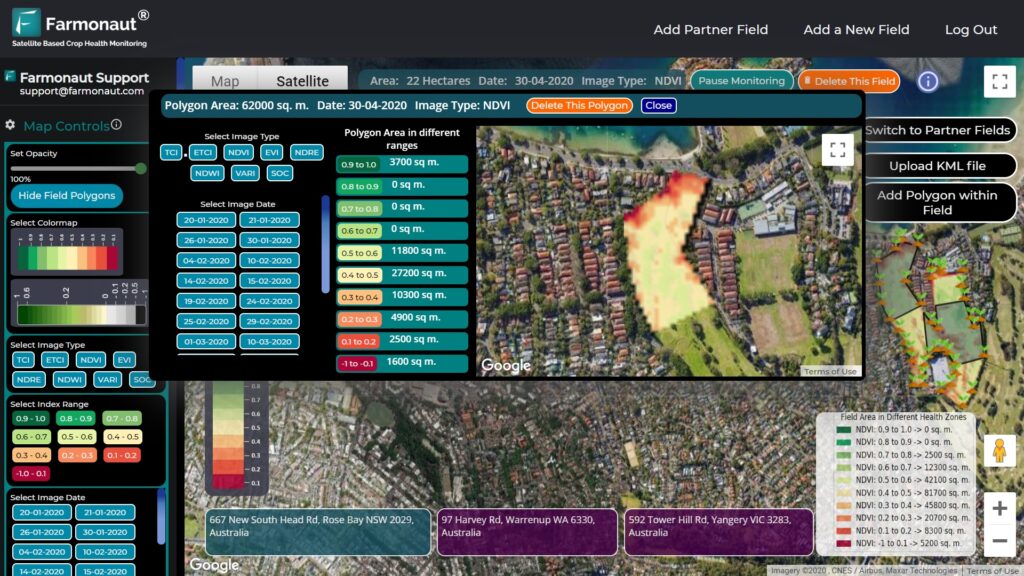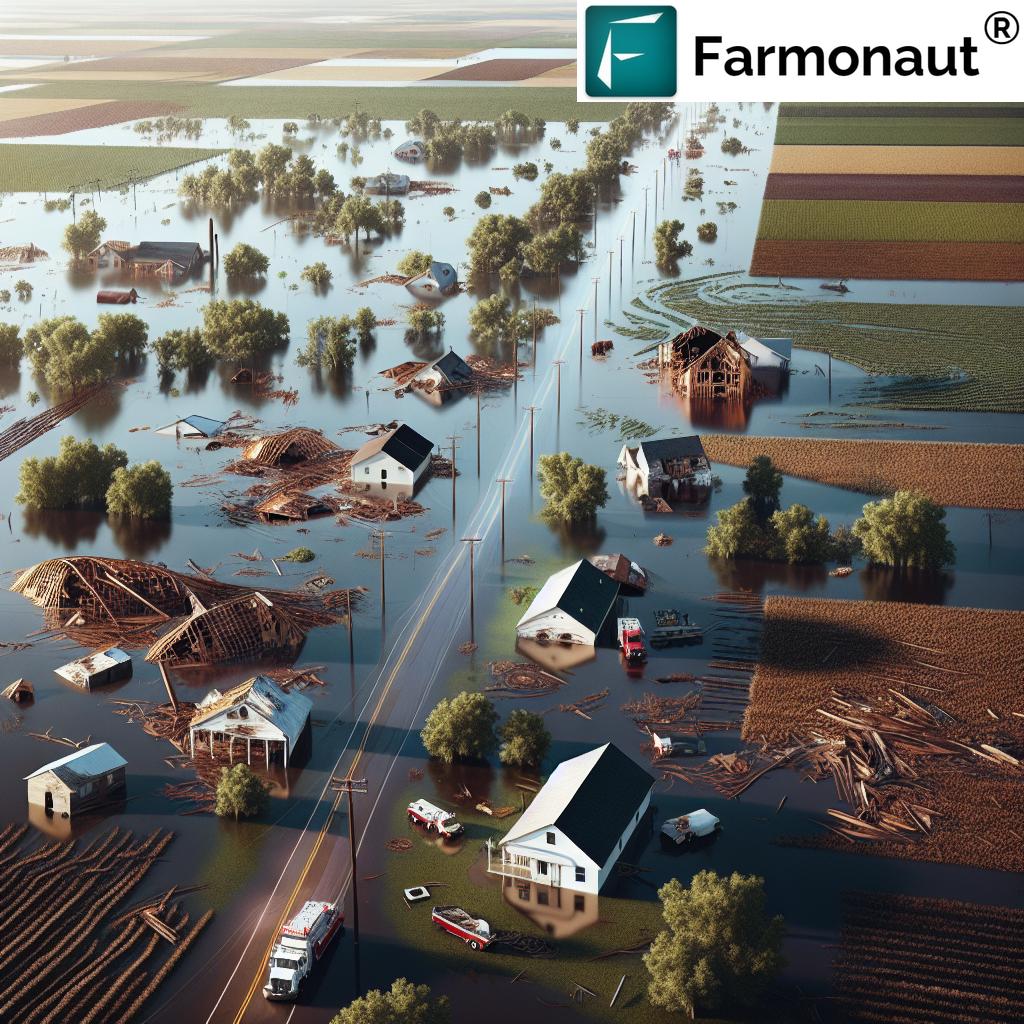Cincinnati Area on High Alert: Essential Flood Prevention Tips and Storm Preparedness Guide
“Cincinnati’s emergency response teams have prepared over 100 water rescue vehicles for potential flooding events.”
As we face the looming threat of heavy rainfall in the Cincinnati area, our public works and emergency response teams are on high alert, ready to tackle potential flooding and landslides. In this comprehensive guide, we’ll explore crucial flood prevention tips and storm damage assessment strategies being implemented across the region. We’ll also delve into the preparations underway for water rescue operations, urban drainage system maintenance, and landslide risk management techniques.
Understanding the Threat: Cincinnati’s Weather Outlook
The Tri-State region is bracing for a significant weather event that could bring substantial rainfall over the coming days. This situation has put our public works crews and emergency responders on high alert, as they prepare to address potential flooding and landslides.
Eric Beck, Hamilton County Engineer, expressed his primary concern: “My biggest concern is landslides because the soil gets so saturated it doesn’t hold itself up anymore.” This statement underscores the gravity of the situation and the need for comprehensive preparedness measures.

Flood Prevention Measures in Action
Our public works teams are working tirelessly to prevent potential flooding issues. Here are some of the key actions being taken:
- Clearing Debris: Crews are ensuring that debris does not block catch basins, allowing water to flow freely into storm drains.
- Assessing Recent Storm Damage: Teams are evaluating the impact of recent storms to identify vulnerable areas.
- Monitoring High-Risk Areas: Special attention is being given to locations prone to flooding and landslides.
These proactive measures are crucial in mitigating the risk of flooding and protecting our communities. For residents interested in understanding how weather patterns affect agriculture and land management, Farmonaut’s crop plantation and forest advisory services provide valuable insights using satellite technology.
Water Rescue Operations: Gearing Up for Action
The Northern Kentucky Technical Rescue Team, led by Operations Chief Chuck Rice, is preparing for potential water rescue scenarios. “The team’s kind of on edge now because of the amount of rain we’ll get,” Rice stated, highlighting the heightened state of readiness.
Here’s how the rescue teams are preparing:
- Equipment Readiness: Multiple rescue trucks and boats are being prepared for water rescues across the region.
- Maintenance Checks: As Fire Chief Tim Ford of Campbell Fire Rescue explained, “All the guys are paying attention and doing extra maintenance on the equipment to make sure all the saws are sharpened and oiled and gassed and ready to go.”
- Strategic Positioning: Rescue teams are focusing on areas historically prone to flooding, ensuring quick response times.
This level of preparation is crucial for ensuring public safety during storms and flood events.
Landslide Risk Management: A Critical Focus
With the soil saturation levels reaching critical points, landslide risk management has become a top priority. Here’s how authorities are addressing this concern:
- Soil Monitoring: Experts are closely monitoring soil conditions in high-risk areas.
- Reinforcement Measures: Where necessary, temporary reinforcement structures are being put in place to stabilize slopes.
- Evacuation Planning: In areas of extreme risk, evacuation plans are being reviewed and updated.
For large-scale agricultural operations concerned about the impact of heavy rains and potential landslides, Farmonaut’s large-scale farm management solutions can provide valuable insights and monitoring capabilities.
Urban Drainage Systems: Clearing the Way for Water Flow
A critical aspect of flood prevention in urban areas is maintaining effective drainage systems. Our public works teams are focusing on:
- Catch Basin Clearance: Removing debris and ensuring catch basins are functioning properly.
- Storm Drain Inspection: Checking and clearing storm drains to facilitate water flow.
- Identifying Blockage Points: Mapping areas prone to drainage issues for immediate attention.
These efforts are crucial in preventing urban flooding and protecting our city’s infrastructure.

Weather Monitoring Tools: Staying Ahead of the Storm
Our emergency response teams are utilizing advanced weather monitoring tools to track the storm’s progress and predict potential impact areas. These tools include:
- Doppler Radar Systems: Providing real-time precipitation data and storm movement information.
- Satellite Imagery: Offering a broader view of weather patterns affecting the region.
- River Gauges: Monitoring water levels in key waterways to anticipate flooding.
For agricultural businesses interested in advanced weather monitoring for crop management, Farmonaut’s satellite and weather API offers powerful tools for precision agriculture.
Flood-Prone Areas in the Tri-State Region
“The Tri-State region has identified at least 20 high-risk flood-prone areas requiring special attention during heavy rainfall.”
Understanding which areas are most susceptible to flooding is crucial for both residents and emergency responders. Here’s a comprehensive table outlining the flood risk assessment and preparedness measures for key areas in the Cincinnati region:
| Location/Neighborhood | Flood Risk Level | Primary Flood Hazards | Emergency Response Resources | Recommended Resident Actions |
|---|---|---|---|---|
| Mill Creek Valley | High | River overflow, Urban drainage issues | Water rescue teams, Pumping equipment | Evacuate low-lying areas, Monitor official alerts |
| East End | Moderate | Ohio River flooding | Sandbag stations, Evacuation boats | Prepare emergency kit, Secure valuables |
| Sayler Park | High | Ohio River flooding, Flash floods | Swift water rescue teams, Emergency shelters | Follow evacuation orders, Move to higher ground |
| California (Cincinnati) | High | Ohio River flooding, Landslides | Rescue boats, Landslide monitoring equipment | Be prepared to evacuate, Avoid flood-prone routes |
| Riverside | Moderate to High | Ohio River flooding | Water pumps, Evacuation vehicles | Stay informed, Prepare for power outages |
| South Fairmount | Moderate | Creek flooding, Urban runoff | Stormwater management teams, Sandbags | Clear storm drains, Report flooding to authorities |
| Sedamsville | High | Ohio River flooding, Landslides | Emergency response teams, Temporary shelters | Follow evacuation routes, Avoid landslide-prone areas |
| Lower Price Hill | High | Ohio River flooding, Urban drainage issues | Flood barriers, Water rescue equipment | Move vehicles to higher ground, Prepare for evacuation |
| Queensgate | Moderate | Mill Creek flooding, Urban runoff | Pumping stations, Emergency response units | Monitor weather updates, Secure loose outdoor items |
| Covington (KY) | High | Ohio River and Licking River flooding | Multi-agency rescue teams, Flood walls | Know your evacuation zone, Have a communication plan |
This table provides a quick reference for residents to assess their local risk and understand necessary precautions. For agricultural businesses in these areas, Farmonaut’s crop loan and insurance services can offer valuable protection against flood-related crop losses.
Public Safety During Storms: Expert Advice
Ensuring public safety during severe weather events is our top priority. Here are some expert recommendations for residents:
- Avoid Flooded Roads: As Eric Beck warns, “If there’s water on the roadway, don’t drive through it, because you never know what’s underneath it or how fast it’s moving.”
- Stay Weather Aware: Fire Chief Tim Ford emphasizes the importance of staying informed about weather conditions.
- Prepare Emergency Kits: Include essentials like water, non-perishable food, flashlights, and batteries.
- Follow Evacuation Orders: If instructed to evacuate, do so immediately and follow designated routes.
- Secure Your Property: Before the storm hits, secure outdoor furniture and clear gutters and drains.
For farmers and agricultural businesses, staying informed about weather conditions is crucial. Farmonaut’s advanced weather monitoring tools can provide valuable insights for agricultural decision-making during severe weather events.
Roadway Safety and Debris Management
Maintenance crews are working tirelessly to ensure roadway safety and prevent debris accumulation. Their efforts include:
- Clearing Storm Drains: Removing debris to prevent water buildup on roads.
- Monitoring Landslide-Prone Areas: Keeping a close watch on areas susceptible to earth movement.
- Rapid Response Teams: Deploying crews to quickly address fallen trees or other road hazards.
For agricultural businesses concerned about road conditions affecting their operations, Farmonaut’s fleet management solutions can help optimize routes and manage logistics during challenging weather conditions.
Heavy Rain Preparedness: Key Measures
As we brace for heavy rainfall, here are some critical preparedness measures being implemented:
- Reservoir Management: Adjusting water levels in reservoirs to accommodate increased inflow.
- Emergency Communication Systems: Testing and ensuring all alert systems are functioning properly.
- Community Outreach: Educating residents about flood risks and preparedness through various channels.
- Infrastructure Inspections: Conducting last-minute checks on critical infrastructure like bridges and levees.
For agricultural businesses, heavy rain preparedness is crucial. Farmonaut’s satellite-based crop monitoring can help farmers assess potential impacts on their fields and make informed decisions.
FAQs: Cincinnati Storm Preparedness
- Q: How can I stay updated on the latest weather information?
A: Monitor local news stations, official social media channels, and weather apps. Sign up for emergency alerts from your local government. - Q: What should I include in my emergency kit?
A: Essential items include water, non-perishable food, flashlights, batteries, first-aid supplies, important documents, and any necessary medications. - Q: How can I protect my home from flood damage?
A: Use sandbags to create barriers, clear gutters and drains, and move valuable items to higher ground. Consider installing a sump pump if you live in a flood-prone area. - Q: What should I do if I encounter a flooded road?
A: Never attempt to drive through flooded roads. Turn around and find an alternate route. As little as 12 inches of moving water can sweep away a small car. - Q: How can I help my community prepare for the storm?
A: Check on elderly neighbors or those with mobility issues. Help clear storm drains in your neighborhood. Share official preparedness information with your community.
Conclusion: Staying Vigilant and Prepared
As the Cincinnati area prepares for this significant weather event, it’s crucial that we all remain vigilant and follow the guidance of our emergency response teams. By working together and staying informed, we can minimize the impact of potential flooding and ensure the safety of our communities.
Remember, preparedness is key. Stay tuned to local news outlets, follow official social media channels for updates, and be ready to act quickly if evacuation orders are given. Together, we can weather this storm and emerge stronger as a community.
For agricultural businesses looking to enhance their preparedness and resilience against severe weather events, Farmonaut offers a range of advanced solutions. From satellite-based crop monitoring to weather data integration, our tools can help you make informed decisions and protect your agricultural assets.
Stay Connected with Farmonaut
To access Farmonaut’s advanced agricultural technology solutions, including satellite-based farm management, AI advisory systems, and more, check out our apps and services:
Earn With Farmonaut
Earn 20% recurring commission with Farmonaut’s affiliate program by sharing your promo code and helping farmers save 10%. Onboard 10 Elite farmers monthly to earn a minimum of $148,000 annually—start now and grow your income!
Learn more about our affiliate program: Farmonaut Affiliate Program
Farmonaut Subscriptions
Stay safe, stay informed, and remember that preparedness is our best defense against the challenges of severe weather.














